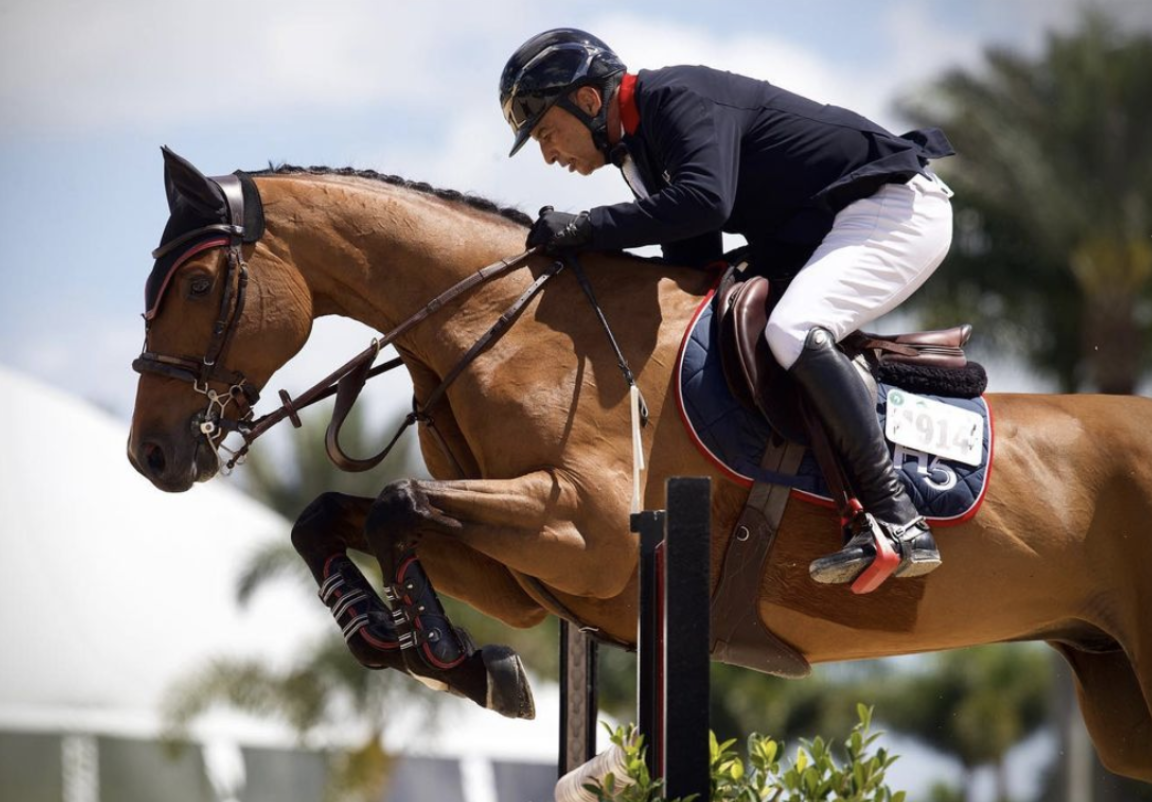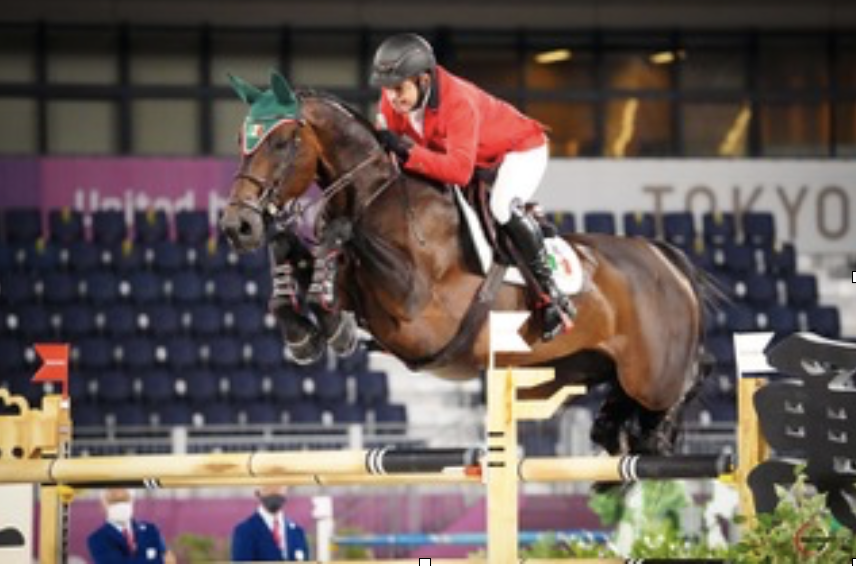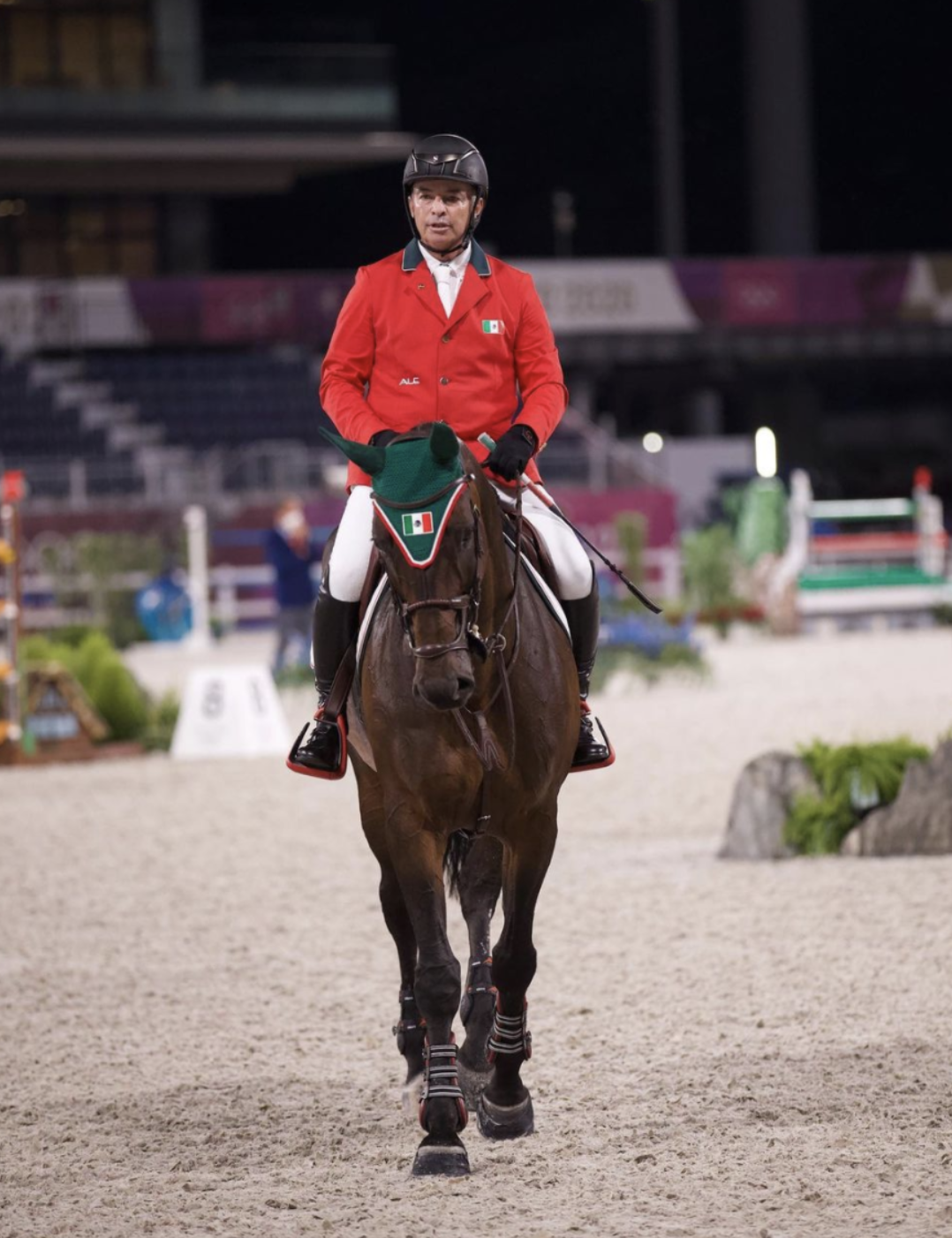
Enrique Gonzalez on Educating and Training Jumpers
Blog
Enrique Gonzalez on Educating and Training Jumpers
Finding, training, and competing prospective horses in show jumping is an art and a science. Enrique Gonzalez of E2 Stables in San Diego, California is known for his ability to find prospective horses, educate them, and compete at the highest level, including his recent trip to the Tokyo Olympics with Chacna. In the first article in the series, he discussed finding prospective horses, now we move on to educating the horse.
Patience and discipline are required to train young horses up to the Grand Prix level; the process cannot be rushed. Each horse needs a tailored training program that is adapted to their personality, strengths, and weaknesses. Moreover, the horse trainer must be patient and skilled, knowing when a horse can be pushed and when to back off. Some horses require lessons to be repeated, others try it once, get it, and need to move on. The point is the professional trainer that is the most successful understands this and works with each horse to bring out their best.

Enrique and Centarew. Monica Decima Photography.
Training Timelines
The training timeline for each horse is dependent on several factors, their age, previous training, growth rates, and personality. While the exercises and training techniques used may be similar for each horse, how long we spend training a horse at a certain level, and the order of training may differ. Above all, the process requires patience and discipline. The trainer must be patient and work with the horse in its own timeline. Discipline involves showing up every day and riding the horse to the best of its ability.
Each horse must start with a solid foundation in flatwork. Working with the horse to ensure that their walk, trot, canter, and transitions are solid is the first step. Horses need to learn to carry themselves and the rider with good balance and be light to the aids. Then, we start incorporating their jumper training. Of course, if you purchased a horse that was already proficient in flatwork, the regimen is more about bonding with you as a rider, learning about each other, and building trust.
“You have to always consider every horse as a different individual, with character, heart, and mind,” Enrique says. “Then, you make progress according to each one. It’s like school for kids, you more or less spend one year in each category and build a solid base.”
The Training Program
Enrique’s training program has a holistic approach that incorporates veterinary care, farrier work, proper nutrition, and mental health for the horse. He emphasizes that a horse cannot perform at the Grand Prix level, or to their best ability at any level if they are not feeling their best physically and mentally.
First, spend a month getting to know the horse with flatwork sessions, baseline veterinary, and farrier work. At E2 Stables, horses are also adapting to the feeding program. Horses imported from Europe may need a little more time to adjust to hay types in North America or to the new climate they are in. This is where treating each horse as an individual and monitoring their progress again becomes crucial.
“You take it easy especially at the first stages,” Enrique says. “When they are young you have to make sure to build a strong mind and brave heart, and then when they turn seven you can start asking for more.”
Spend the first few months or early years, depending on the age of the horse, building their fitness, confidence, and talent. Enrique focuses on the areas where they are strong and adjusts their training to enhance those strengths and make the horse as competitive as possible as they move through the ranks towards the Grand Prix level.
“Each horse is different, in many ways so you have to tailor each program for each horse,” Enrique says. “At some point, horses from the same age can go together in their program, especially when doing young horse classes.”
Patience is crucial at this part of the training. Take Chacna, Enrique’s mount at the Tokyo Olympics as an example. During her early years, she was always a superb jumper, but was spooky, and took the entire course with her neck bent to the left and an inverted jumping form. Enrique was patient with her, refused to get into a battle of the wills, and kept steadily working with her until one day it all clicked into place. She headed into the show ring in 2015 and has had huge success ever since.

Chacna and Enrique at the Tokyo Olympics. (Photo/ Sportfot)
Mental health is another component of training that makes a huge impact when training horses. Successful trainers keep their horses fresh and eager for training and work. “You have to change the routine, make it interesting and different every day, mixing a trail ride, lunge day, gymnastics, and flatwork,” Enrique says.
This variation in training helps the horse stay fresh and interested, and also build its fitness by using different muscles, asking the horse to carry itself over different terrain on the trail, and building its heart and lung capacity.
Once the educational foundation is in place, the horse is ready to start competing and progressing up the levels. Training continues even as the competition begins – every time you interact with and ride a horse they are learning something, and it’s up to the trainer and handlers to ensure that those lessons are positive.

Enrique and Chacna after a clear round at the Tokyo Olympics. Photo: Monica Decima Photography.
In the next article in this series, Enrique will share his strategies for competing.
Read first article - Enrique Gonzalez on Finding Prospective Horses
